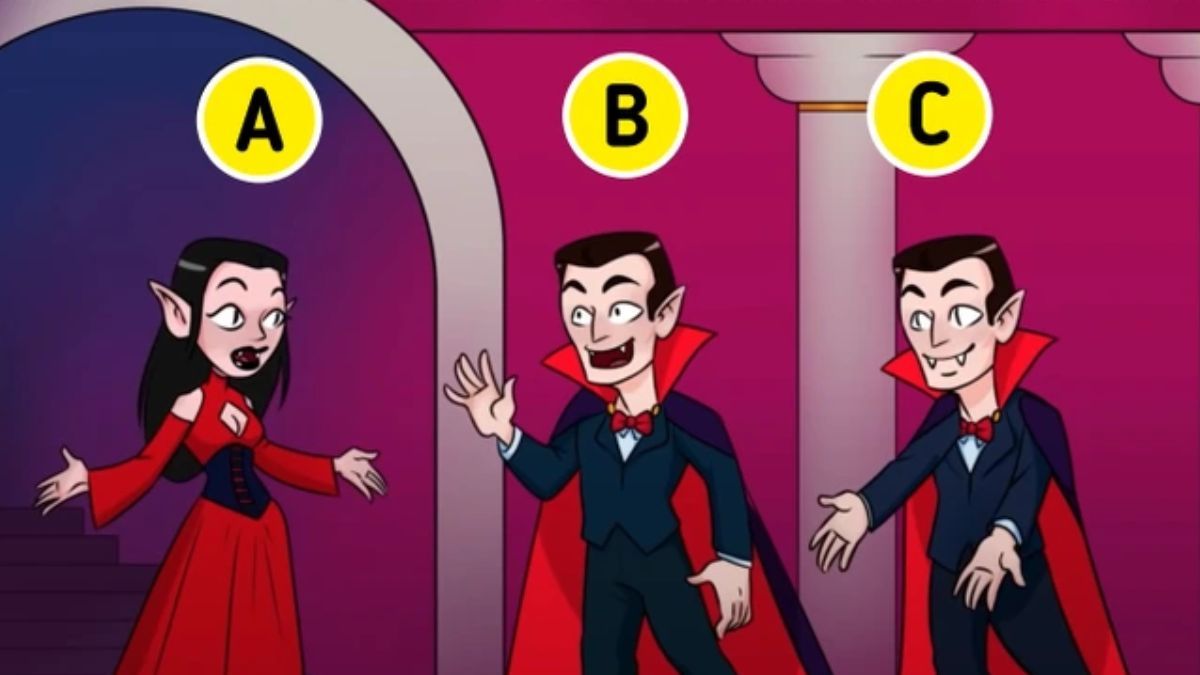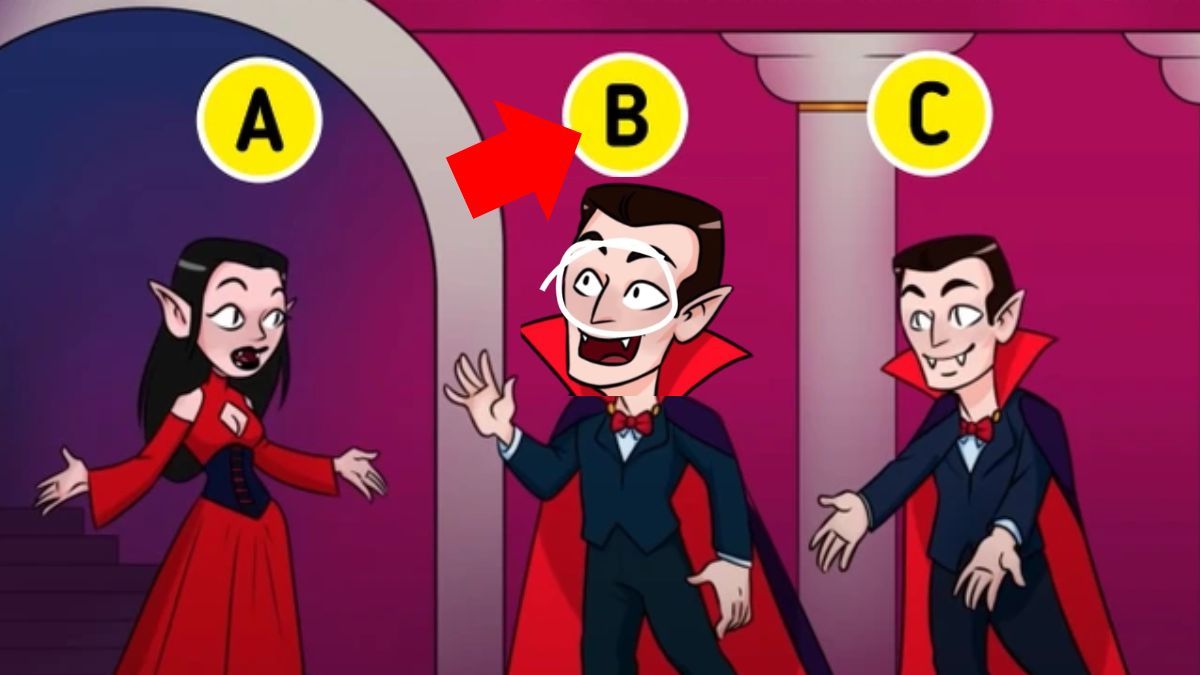Brain teasers act as mental exercises, strengthening neural connections and building cognitive capacity. These enhance various cognitive functions like visual-spatial reasoning, memory, and problem-solving, which are crucial for overall intelligence.
The focused effort required to solve brain teasers strengthens attention spans and the ability to filter out distractions, improving concentration and focus. Brain teasers require analysing information, identifying patterns, and developing logical solutions.
Brain teasers are effective at encouraging thinking outside the box and evaluating different approaches to solve problems. Brain teasers, particularly those involving visual puzzles, can encourage lateral thinking and the ability to adapt to new situations.
Brain teasers are also good for mood. These can be a fun and enjoyable way to stimulate the mind, offering a mental break from daily stressors and potentially improving mood.
Regular engagement with brain teasers can also help in delaying cognitive decline, especially in older adults.
So with these many benefits, it is a wise choice to engage in brain teasers daily. Here is a brain teaser that will test your deduction skills. Can you spot the fake vampire in 12 seconds? Let's go!
Before we begin, SHARE this brain teaser with your friends and family so they can too enjoy a mental workout!
Visual IQ Test: Who is the fake vampire? Answer in 12 seconds!

This brain teaser is a fun visual puzzle that will test your observation skills. Do you think you can ace this challenge in the given time pressure?
There are three vampires in the image. But wait! One of them is a fake. They are pretending to be a vampire.
Your challenge is to spot the fake vampire in mere 12 seconds. Tough?
Brain teasers are meant to be tricky to assess if you possess what it takes to solve complex visual problems.
Let's go through some hints that will help you spot the fake vampire.
Analyse each of them for clues that contradict the typical vampire characteristics. Look for things like reflections, fangs, actions or behaviours.
Vampires are traditionally believed to not have reflections in mirrors. If a person is clearly present in the scene but has not reflection, that could be a key clue.
While some depictions of vampires show fangs. Look closely at each of them. Do they a feature a fang?
Pay attention to any other clues, like clothing, actions, or other details that contradict the vampire stereotype.
The fake vampire might be acting in a way that doesn't align with the vampire lore presented.
Any luck? Did you spot the fake vampire? Let's see the answer.
Who is the fake vampire?
The fake vampire is the person B. Look at his eyes. He is just a regular human being. If you solved this brain teaser in the given time limit, you have proved that you have the sharpest eyes in the town. Bravo!

Comments
All Comments (0)
Join the conversation